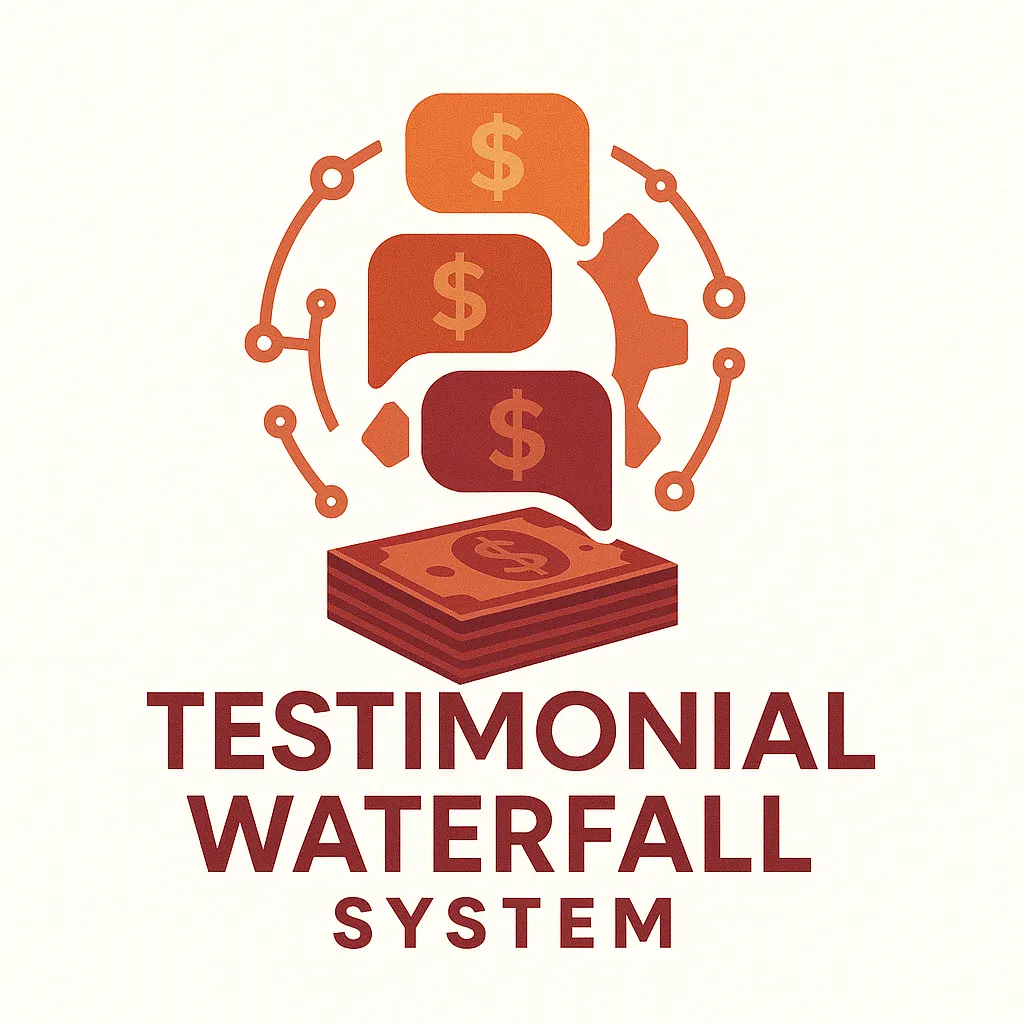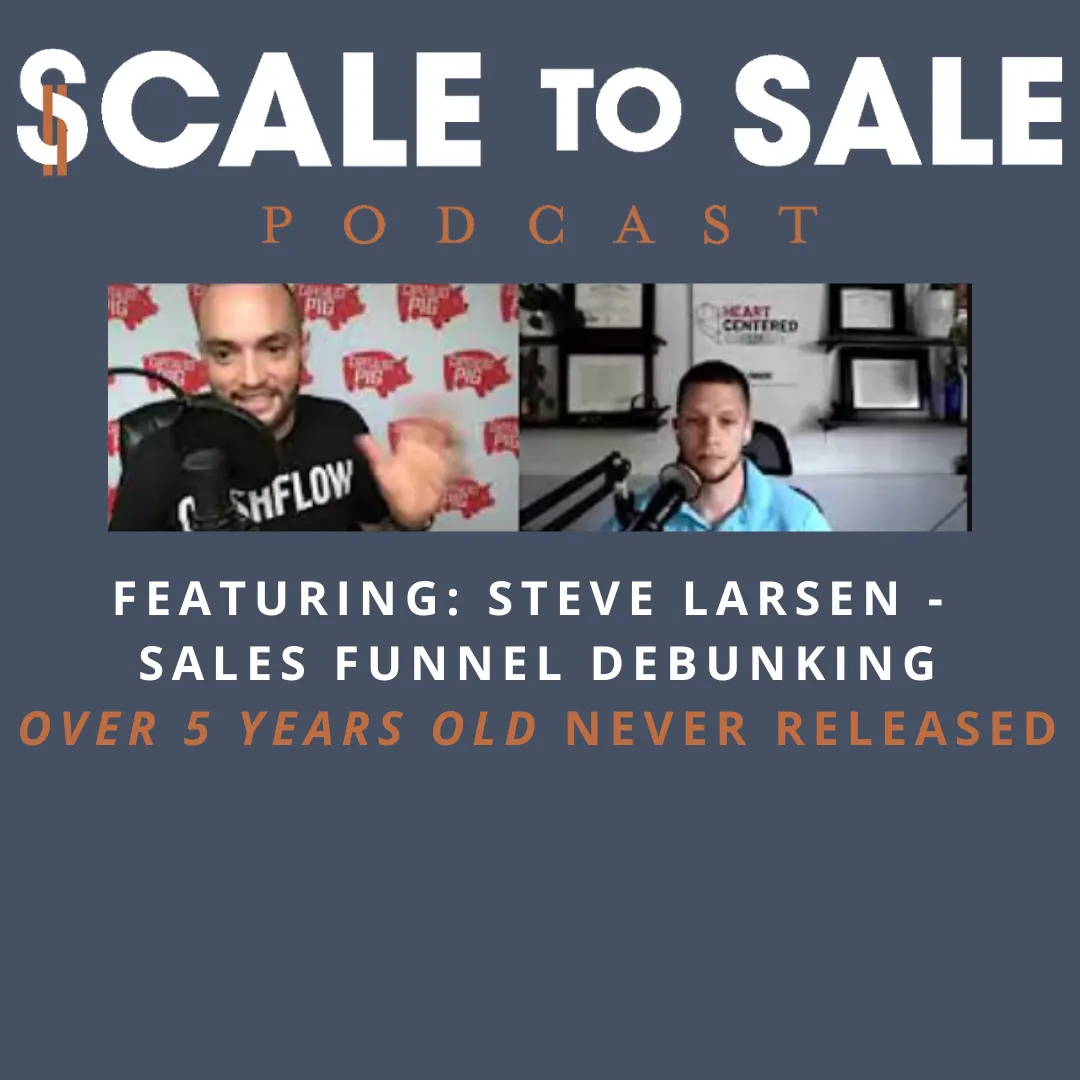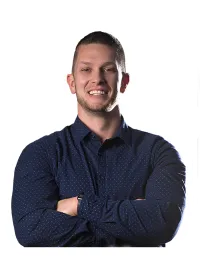Funnel Your Art to Fans:
Robinhood Marketing Serivces For The Purpose Chasers
OUR CUstomers & colleague Say:
Dr. Carolyn Colleen
Built Funnels, Courses, Automations
Justina Reaves
Built Funnels, Courses, Automations
Produced By Nef
Site build, Course Creation, SEO
Bud Heaton
Colleague and Friend
🤐 WHY MARKETING AGENCIES HATE THIS🤐
Because when you implement this system, you don’t need them. This organic loop replaces ad budgets & funnels with real trust, real proof, & real momentum.
No paid traffic. No fluff. Just wins—on your terms.

TRAIN YOUR CUSTOMERS TO SELL FOR YOU?
Turn your happiest customers into a 24/7 growth engine—completely organic.
Enter your email below to get the step‑by‑step blueprint, automate your referral process, and start seeing inbound leads pour in without spending a dime on ads.
Scale to Sale Consulting's Blog
Your blueprint for building digital assets that scale — and sell. Powered by real-world exits, organic marketing strategy,
and systems that turn customers into your sales force. No fluff. No paid ads. Just scalable, sellable growth.

Why There Are Levels to Funnel Marketing | Steve Larsen on Scale to Sale Consulting
In this interview of the Scale to Sale Podcast, Steve Larsen reveals why one funnel won’t guarantee success, how to create an offer based on your audience’s real problems, and the exact steps to scale yourself out of day-to-day operations.
You’ve built a funnel.
You’ve spent late nights tweaking pages, tweaking copy, hoping that “one funnel” will rain in six-figure results. But what if I told you that most entrepreneurs don’t fail because their funnel is bad—they fail because they ignore everything surrounding it?
On Episode 15 of the Scale to Sale Podcast, I sit down with Steve Larsen—once the “funnel guy” inside ClickFunnels—to unpack why there are levels to this marketing game.
Spoiler: It’s not just about clicking “Publish” on a funnel. Steve shows how building hype before your launch, solving the right customer problems, and ruthlessly separating revenue-generating activities from everything else can be the difference between ramen nights and real growth. Below, you’ll find the key stories, actionable steps, and time-stamps so you can implement this “offer-first, funnel-second” approach right now.
Who Is Steve Larsen & Why You Should Care
Background: Steve Larsen started broke in college, failing 34 times over five years before finally cracking the code. He spent two years as “the funnel guy” at ClickFunnels, building high-value funnels for Russell Brunson’s internal projects.
Why It Matters: Steve discovered early on that funnels don’t sell themselves—marketing noise around those funnels does. He realized success comes from creating demand before the funnel exists, rather than expecting the funnel alone to spark sales.
Real-World Results: After leaving ClickFunnels, Steve went on to generate his first million within a year and has since replicated that success multiple times—all by focusing on pre-launch hype, offer design, and scaling through strategic hires.
Stream this Episode on Spotify
Funnel vs. Marketing: The “Hollywood Launch” Analogy
“I used to think the funnel itself was the magic. Then I watched Russell Brunson launch products for months before the funnel even dropped. It wasn’t the pages—it was everything leading up to them.” — Steve Larsen
The Mistake: Many entrepreneurs believe, “Build it, and they will come.” They launch a course or service with zero buildup.
Hollywood's Playbook:
Year-Ahead Tease: A splashy “Coming Soon” poster—a whisper of the product.
Early Trailer (6 months out): A short preview that builds initial intrigue.
Character-Focused Sneak Peek (2 months out): Highlights the antagonist or a unique scene—deepening emotional investment.
Week-of Hype Tour: Cast interviews, behind-the-scenes clips, late-night talk shows—everyone’s talking about it just before launch.
Steve’s Insight: Instead of dropping your funnel cold, build layers of attention. Even a simple “I’m working on something big—stay tuned” email one month before launch can significantly boost conversions.
Offer Creation: Start with “Who,” Not “What”
“I spent years asking, ‘What should I sell?’ When I finally asked, ‘Who do I want to serve—and what pains are they facing?’—everything clicked.” — Steve Larsen
The Common Trap: Entrepreneurs obsess over product ideas in isolation: “What could be a genius course?” Meanwhile, their audience’s real problems go unaddressed.
Steve’s 4-Step Offer Framework:
Identify Your Ideal Customer (Who): Ignore “genius ideas”—pinpoint exactly who you want to serve (e.g., “struggling coaches who can’t generate consistent leads”).
List Their Pain Points (Valuable Problems): Brainstorm every problem they face, then prioritize the most valuable ones (those they’re already willing to pay to solve).
Validate Through Conversation: Ask your ideal customer, “What else frustrates you around this problem?” Their answers become bonus modules or upsell opportunities.
Build a Customer-Centric Offer: Your main product solves the core problem; your bonuses solve immediate follow-up issues. The result? An offer too compelling to ignore.
Why It Works: By focusing on “the who” and their biggest struggles, your funnel pages become a natural next step—no gimmicks required.
The “Green Dot/Red Dot” Method for Scaling Yourself
“My dad taught me: ‘Always be on the revenue-generating side of the business.’ So I listed every task, put a green dot next to the ones making money, a red dot next to the rest—and I hired help accordingly.” — Steve Larsen
Step 1: Capture Everything on Paper: Write down every task needed to run your business—content creation, bookkeeping, client calls, social media, etc.
Step 2: Green Dots vs. Red Dots:
Green Dot Tasks: Directly related to making money (e.g., sales calls, high-level strategy sessions, creating signature offers).
Red Dot Tasks: Supportive but non-revenue driving (e.g., editing show notes, scheduling social posts, basic customer support).
Step 3: Delegate Red Dots First: Your first hire should roam the “red dot” territory—freeing you up to focus on high-leverage, green-dot activities.
Step 4: Hire a Revenue Partner: Russell Brunson’s advice: make your first hire contribute to revenue generation as well. Identify a role that can bring money in (e.g., a junior marketer or affiliate manager).
Why It Matters: Most entrepreneurs grind on tasks that don’t move the needle. By ruthlessly delegating non-revenue tasks and ensuring even your hires are “green dot,” you accelerate growth and avoid burnout.
Common Pitfalls & How to Avoid Them
Pitfall: Ignoring Pre-Launch Hype
How to Fix: Even a simple three-step pre-launch sequence (teaser email → free virtual mini-summit → official launch email) can create enough momentum to crush your goals.
Pitfall: Building “The Perfect” Funnel Without Demand
How to Fix: Validate your offer by testing a landing page or collecting emails before you build any funnel pages. If people opt in or answer surveys, you know you’re on to something.
Pitfall: Asking “What Should I Sell?” in a Vacuum
How to Fix: Shift to “Who do I want to serve—and what keeps them up at night?” Let the market dictate your offer.
Pitfall: Wearing All the Hats Yourself
How to Fix: Use the Green Dot/Red Dot method. If it doesn’t generate revenue—or directly support it—delegate it immediately.
Watch this Episode on the Scale to Sale Consulting YouTube Channel
Key Takeaways & Action Steps
Takeaway #1: Pre-Launch Noise Wins. A funnel alone won’t save you. Create layered buzz—emails, mini-summits, interviews—months before the funnel goes live.
Takeaway #2: Offer Comes First, Funnel Comes Second. Don’t ever ask, “What should I sell?” Instead, ask, “Who do I want to serve, and what problems are they desperate to solve?”
Takeaway #3: Delegate Anything That Doesn’t Directly Generate Revenue. If it isn’t a “green dot,” hand it off—today.
Action Step #1: Write down all tasks for your next product or service offering. Green-dot the revenue tasks; red-dot the rest. Delegate at least three red-dot tasks this week.
Action Step #2: Draft a simple 3-email pre-launch sequence.
Email 1 (4 weeks out): Teaser – “Something big is coming (but here’s 1 free tip now).”
Email 2 (2 weeks out): Mini-Summit Invite – “Join me for a free 60-minute workshop on [your core topic].”
Email 3 (Launch Week): Official Launch – “Doors are open—here’s exactly how to solve [core problem].”
Action Step #3: Survey your audience or run a 5-minute “pain point” poll to identify the single most valuable problem worth solving. Use their language verbatim when you write your offer copy.
© Copyright 2025. Scale to Sale Consulting. All Rights Reserved.


